Parades, Picnics, & Pageants: South Dakota Celebrates
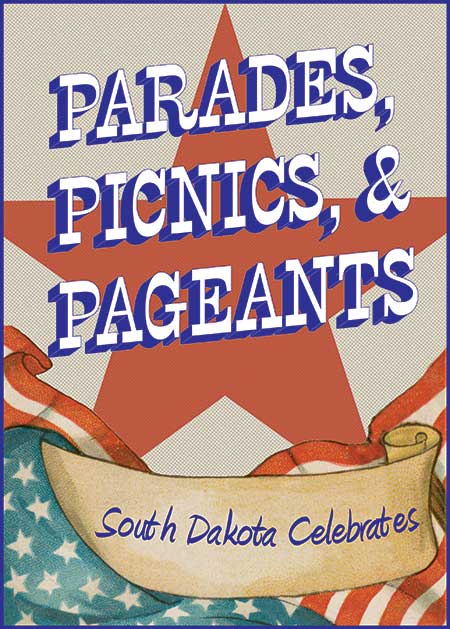
July 4, 2026 marks the 250th anniversary, or semiquincentennial, of the adoption of the Declaration of Independence. Communities throughout America are planning large, patriotic celebrations in anticipation of this milestone. Join us for the first look at the newest exhibit that looks at the many ways people have celebrated these past anniversaries. Perhaps you remember or attended some of these celebrations! Join us for the opening reception of Parades, Picnics, and Pageants:
George Catlin: Life Among North American Indian Tribes
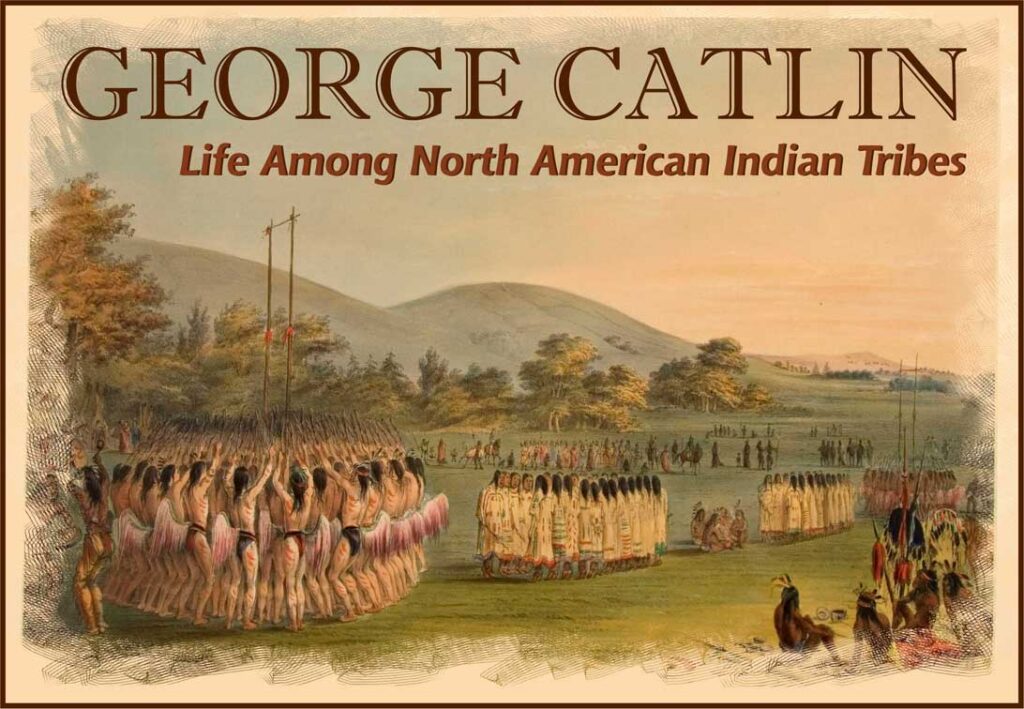
The text that accompanies these prints are excerpts taken from Catlin’s North American Indian Portfolio, Hunting Scenes and Amusements of the Rocky Mountains and Prairies of America. These are Catlin’s descriptions of the prints in his own words. Spelling and grammar appears as originally written in his 1844 edition.
An Indigenous America

Before there was a United States of America, a diverse group of people populated this land. Divided by tribal lines and traditional lands, indigenous people hunted, farmed, traded, worshipped, lived, and died according to their customs. When Europeans arrived in North America and expanded into traditional Native people’s homelands, their ways of life changed forever. In some instances, we know little about these early cultures and have only a handful of artifacts to examine what their lives may have been like. However, most of these cultures persevered, overcame, and survived. Their material culture speaks to a world filled with home, artistry, utility, and beauty. The Native people of this country are still with us today, and their history is a vibrant one.
School Spirit

Think back to your fondest memories of school. Were they all in the classroom? Probably not! Activities and events like music, sports, and homecoming create lasting memories and allow students to compete for and take pride in their school. To support these endeavors, schools – whether in a neighboring small town or one of Sioux Falls’ four public high schools – created mascots, chose colors, wrote songs, and developed cherished traditions. All of these activities helped create a common identity and sense of pride for a school’s students, alumni, parents, teachers, and community members. In a word, it all contributes to school spirit.
Now Hear This: Breakthroughs in Recorded Sound
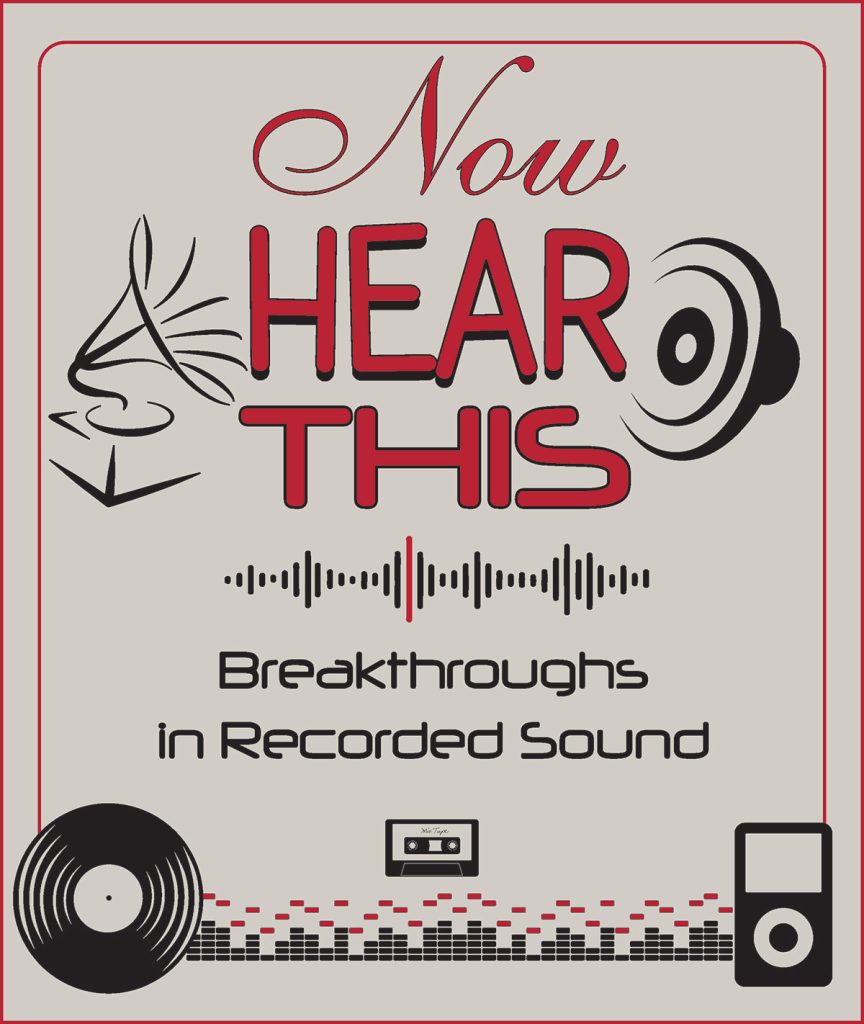
How much music or audio do you listen to throughout the day? Do you listen to music or a podcast during your daily commute? Do you enjoy listening to something while you exercise or do household chores? Now imagine going through the day, week, month, or year without listening to any recording at all! You don’t have to go too far back in time for that to have been a reality. In fact, the first audio recordings were made less than 150 years ago. Before the advent of recorded sound in the 1880s, people had to go to concert halls and similar venues to hear live performances. In the exhibit Now Hear This: Breakthroughs in Recorded Sound, visitors will learn about the history of recorded sound from its beginnings with the Edison Phonograph in the 1880s to digital recordings of today. The exhibit will examine the evolving ways recordings have been made and the many devices we’ve used to listen to them.
The Courthouse Chronicles: From County Administration to Museum
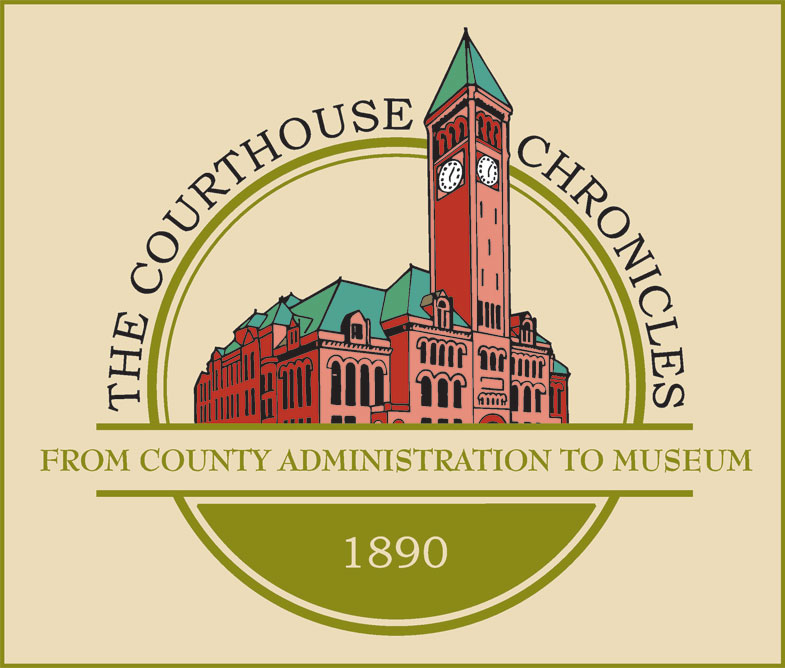
To celebrate the 50th anniversary of the Siouxland Heritage Museums, we will be opening The Courthouse Chronicles, an exhibit all about the history of the original Minnehaha County Courthouse. Divided into three parts, The Courthouse Chronicles looks at how the courthouse has changed over the years: its construction, its decades as a courthouse, and how it became a museum.
In October 1890, Minnehaha County employees began moving into the newly constructed Minnehaha County Courthouse. The building served as the county courthouse for the next 72 years. After a new county courthouse opened in 1962, the original courthouse sat mostly empty. The 1970s brought new workers, researchers, and restoration specialists to kick off the building’s life as a museum.
Cooking Up History: Evolution of Kitchens & Cookbooks
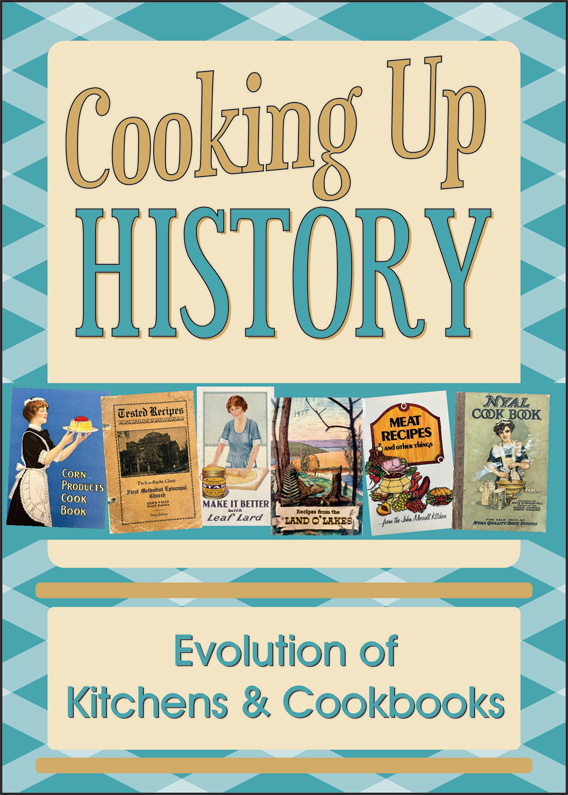
No room in the house has seen as many changes in technologies and social trends as the American kitchen. From pioneer times to today, innovative technologies like updated stoves, refrigerators, and packaged goods have eased the labor involved in cooking.
The cookbook has changed alongside the kitchen. While some may look at a cookbook as just a list of ingredients, others see it as a snapshot of history. Cookbooks give us insight to what was in a typical kitchen during the time period it was written, including popular dishes and what types of goods were available.
